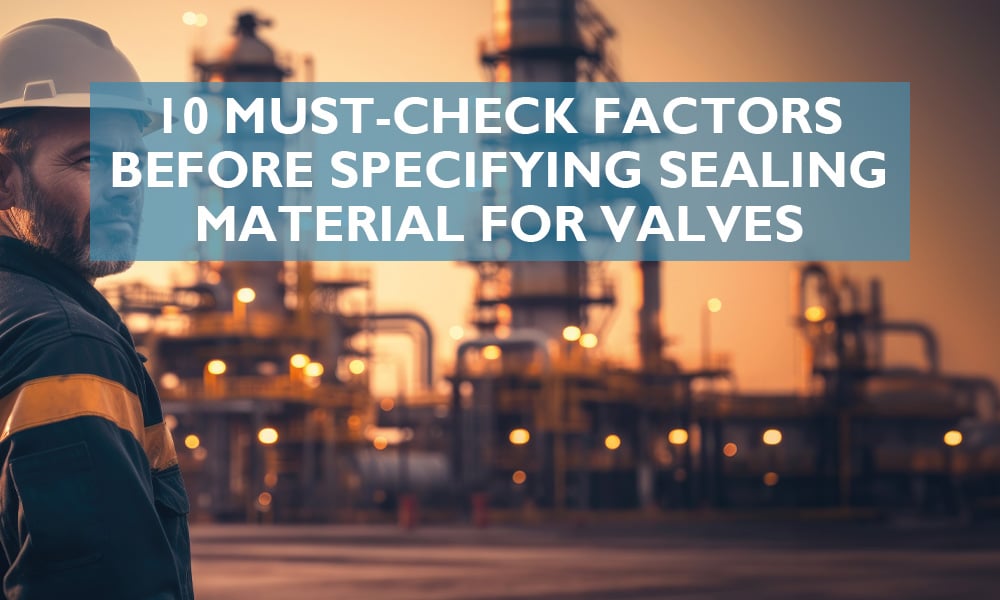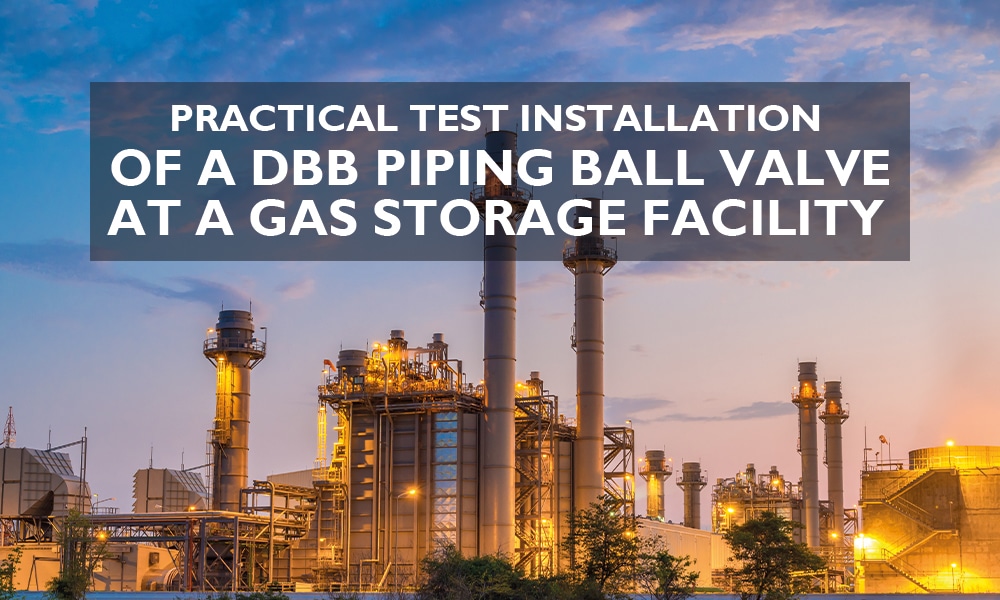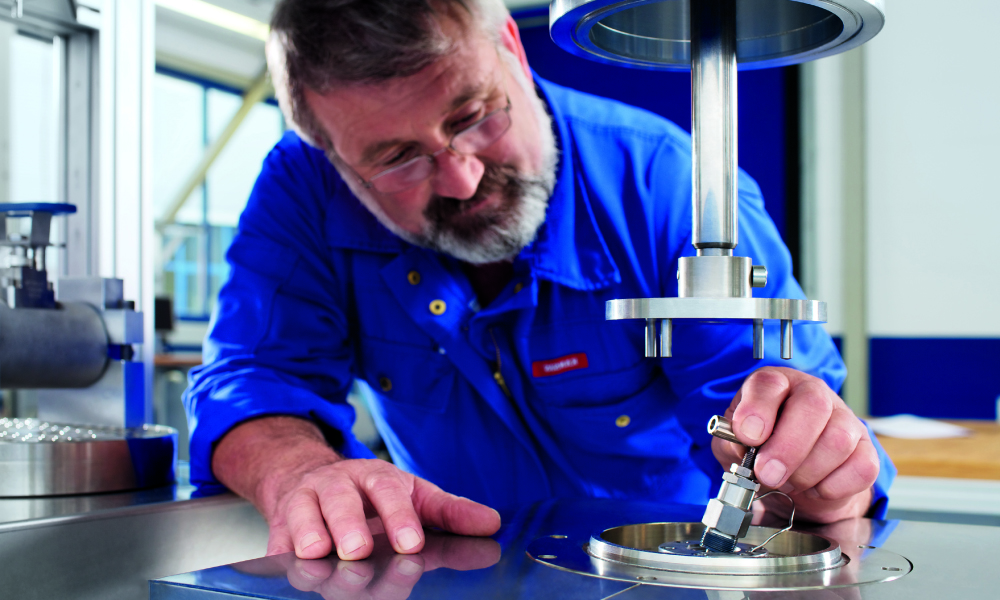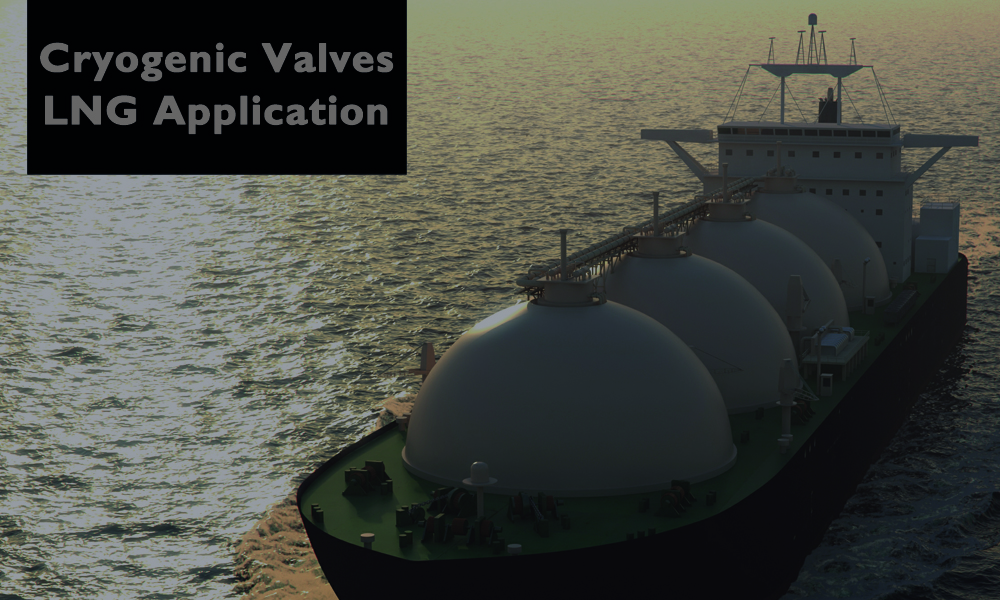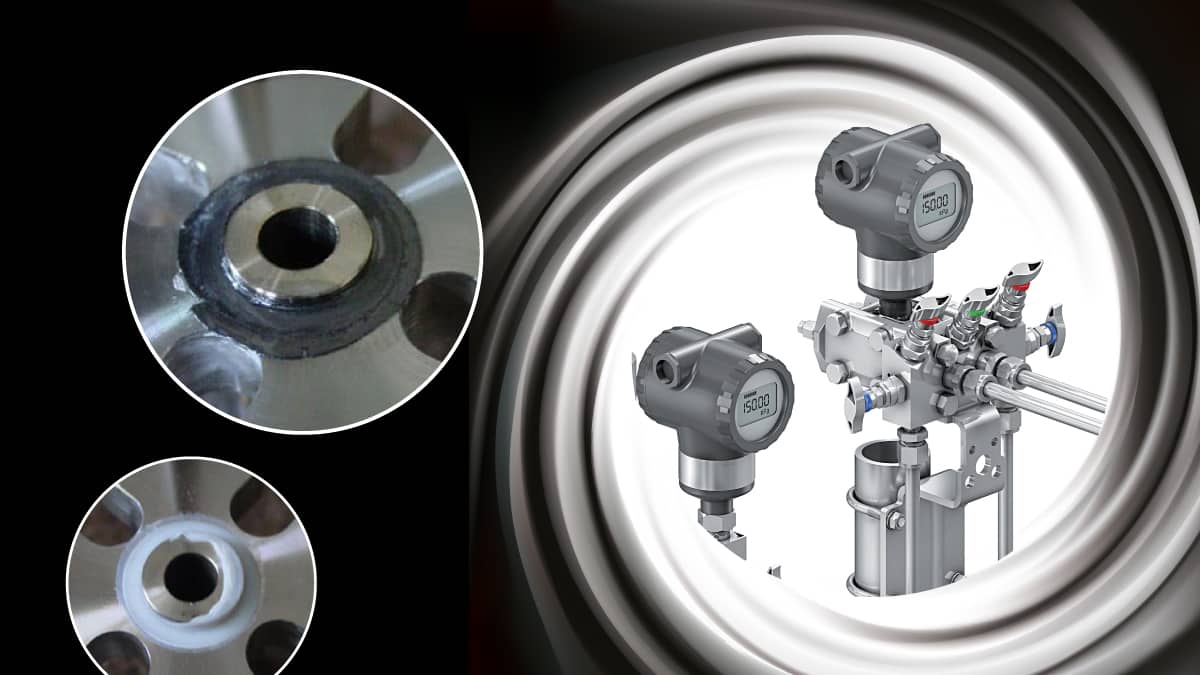As a plant planner, you don’t want to go down in history as the person who bought and installed leaky valves in what was supposed to be a breakthrough project. You want to be remembered as the pro who got the resistant valves that ease the plant operators’ lives and lift operational confidence.
On paper, the seals seem like a small detail to care about. In reality, they can make the difference between an efficient plant and one that suffers from frequent downtime due to persistent leakage.
Learn now, what sealing material features should you check out before buying your next valve!
Continue reading

